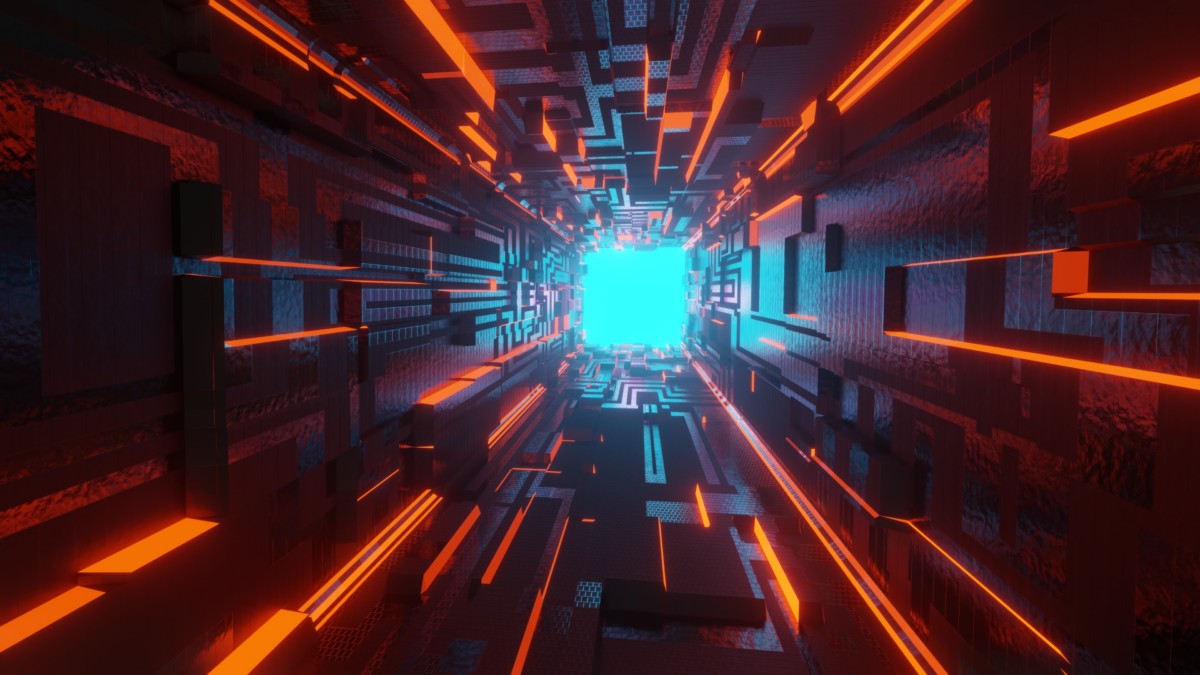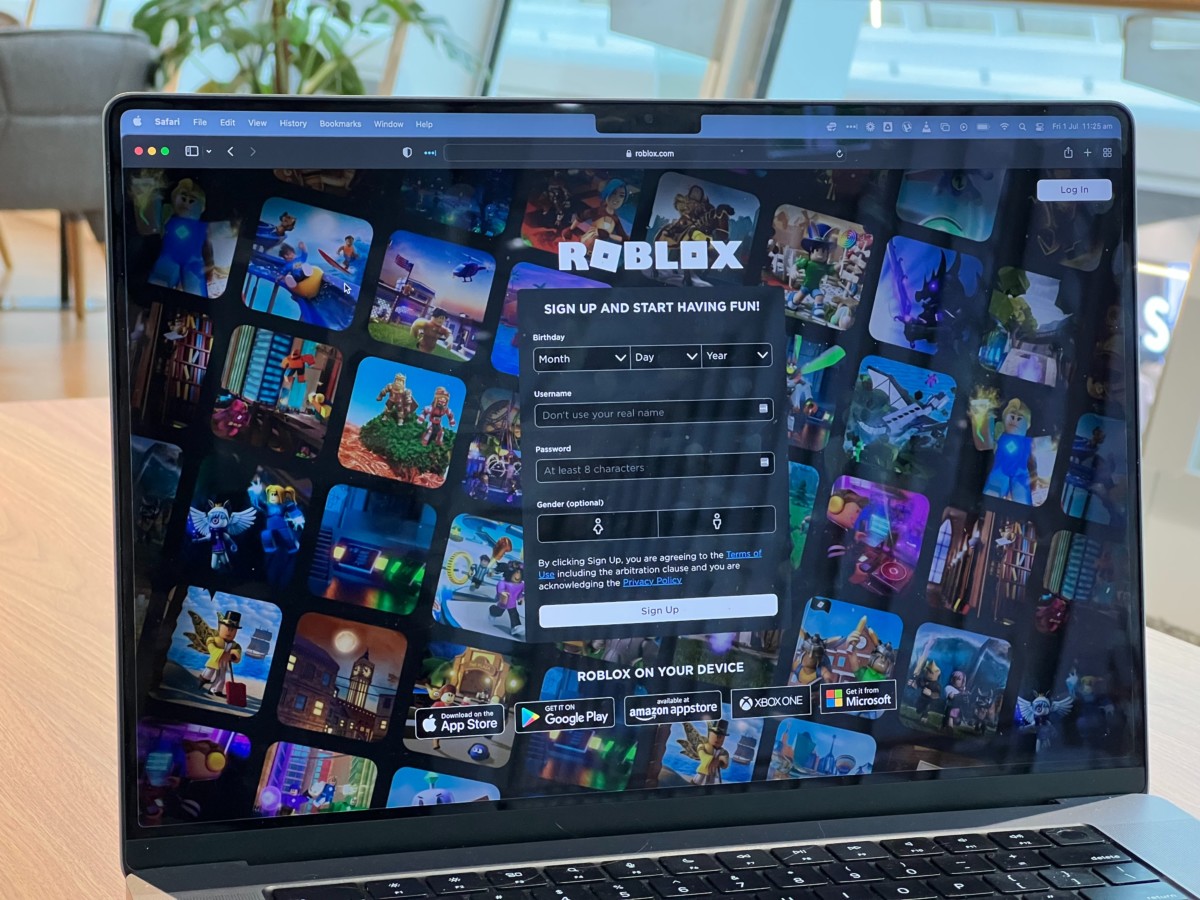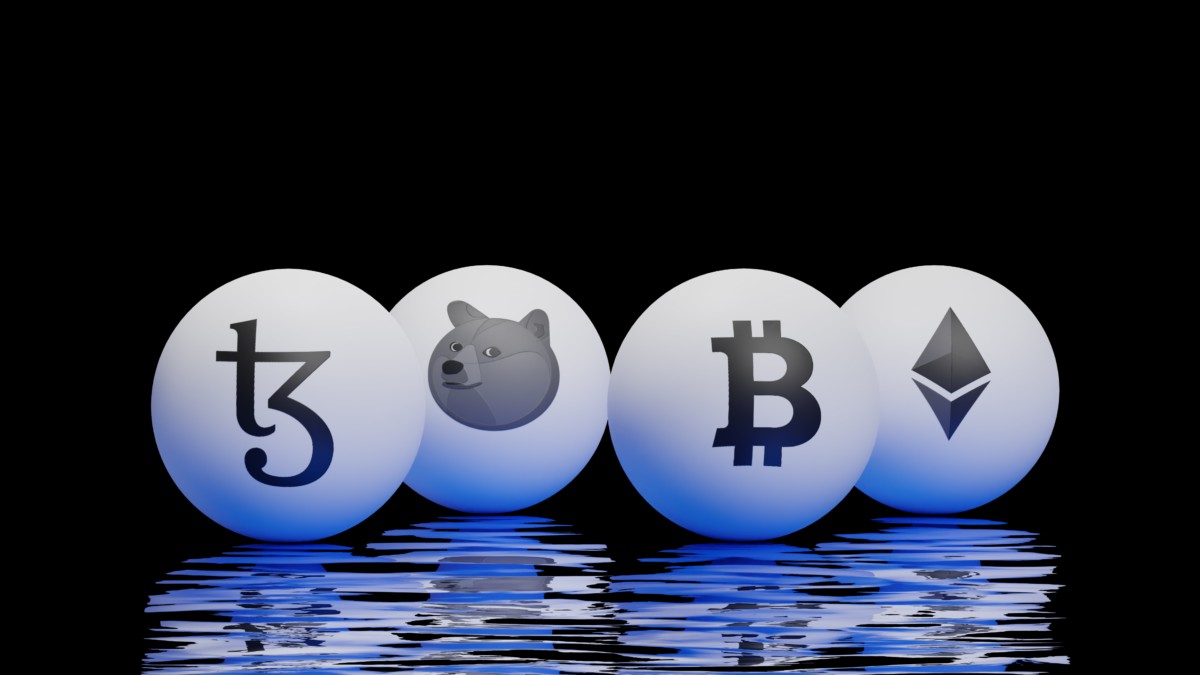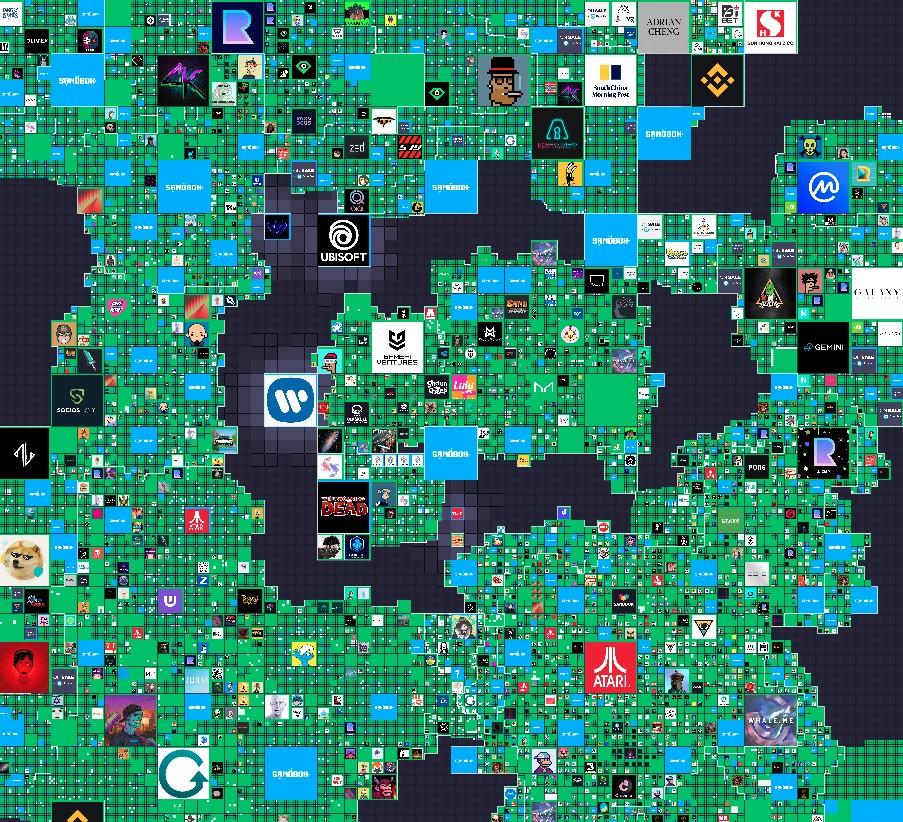Metaverse Real Estate: How Does Buying Virtual Property Work?
Everything is becoming virtual nowadays. From artwork, to concerts, to marketing, to meetups, virtual tools have entered most people’s daily routine. But what about real estate? Is it possible to own digital property in a virtual world? Yes. Enter: metaverse real estate
Metaverse real estate isn’t about buying and selling physical real estate with online tools – people already do that every day. It’s also different from a typical family buying a house in Phoenix, AZ, or renting an apartment in Seattle, WA. Metaverse real estate is a collection of online platforms where strangers can connect with each other, businesses can release digital products, and people can buy, sell, and lease virtual property.
Advocates for the metaverse have ambitions to change how people live and interact with the physical world. One of these ambitions is to make virtual property ownership common, accessible, and fun. Is this possible? Are there downfalls? Read on to learn more about life in a virtual world and untangle what’s behind all of the hype.

Key definitions
Before we move on, it’s important to understand a few concepts.
- Metaverse: Broadly speaking, the metaverse (part of what’s called Web3) is a collection of virtual, interactive worlds where people can live their lives with others. It’s both a concept and a reality that currently exists in many forms, including video games, mobile apps, and social platforms. It differentiates itself from other virtual worlds by operating using decentralized blockchain technologies and cryptocurrencies.
- Decentralization: Decentralization means that there is no one person in charge. Instead, decisions are made by a group as a whole. This decentralized system is supposed to be more fair and prevents any one person from having too much power.
- Blockchain: Blockchain is a way of storing and distributing data. Instead of using tables, it structures data into chronologically strung-together blocks. It’s more secure and permanent than other storage methods, and many companies use it for standard data storage.
- Cryptocurrency: A cryptocurrency (or crypto) is a decentralized digital form of currency that is blockchain-encrypted. Unlike traditional currency, crypto isn’t controlled by a central authority. Instead, responsibility is shared between all of its users. You can buy and sell goods with a cryptocurrency like Bitcoin, but it’s not accepted everywhere.
- NFT: An NFT (non-fungible token) is a unique digital asset generally traded through the Ethereum (a crypto company) blockchain. They can be anything from a photo of a dog to a tweet from last year, and they’re designed to be something that nobody can copy – similar to buying an original painting. People buy, sell, and trade NFTs in the metaverse.

What is the metaverse?
The metaverse is not new. Even before it was conceptualized, there were pre-internet online worlds where users could chat and interact with each other. These worlds have existed since the 1970s with video games like Mazewar and Habitat. Graphical video games came shortly after, adding to their realism.
The metaverse is often thought of as a virtual, life-like, interactive world. It was first conceptualized by Neal Stephenson in his 1992 novel “Snow Crash.” In the novel, the metaverse was imagined as a world where people would go to inhabit avatars and live a virtual life. According to Stephenson, this interactable space would theoretically replace physical reality over time, and people would begin living entirely within them. Life in this world would be similar to the real world – people own homes, buy and sell goods with digital currency, make friends, and have fun with others.
While this was mostly theoretical at the time, a lot of it has come to fruition in less obvious ways. More recently, our physical and digital lives have been interwoven since the advent of the internet. Phones can now take 3D scans of surroundings, apps know where you are and send ads based on that data, and you can buy a house without leaving your room.
What does the metaverse look like today?
While the metaverse is a single concept, it currently comprises many different technologies with varying levels of immersion. The metaverse is an online place where people can do many things they normally do in real life. And as technology develops, realism continues to grow. The idea of virtual “presence” – feeling like you’re actually there with other people – is a defining factor for many proponents of the metaverse. Whether in VR, augmented reality (AR), or on a screen, the promise is to allow a greater overlap of our digital and physical lives in wealth, socialization, productivity, shopping, and entertainment.
Video games are a common and popular medium to enter the metaverse, especially companies looking for audience engagement. Games like Fortnite hold virtual concerts and in-game social events that bring millions of people across various platforms to their virtual worlds. Brands are releasing digital shoes on virtual worlds like The Sandbox and Roblox.
The metaverse expands beyond just video games as well. Because it’s a broad concept, using social media, watching live streams and video calling friends from across the world are all part of the metaverse. Eventually, it’s theorized to overtake the current “mobile internet” and become a massive, diverse set of accessible virtual communities.

What do cryptocurrencies have to do with the metaverse?
Cryptocurrencies are an important part of the metaverse and were planned from the start. One of the main ideas of the metaverse was to create a platform that didn’t depend on large, centralized companies. Therefore, it needed a decentralized currency to work. This makes sense because a digital reality steeped in capitalism needs digital money.
Surrounding yourself in a digital paradise is a large part of the metaverse, but so is using crypto to buy and sell assets. Digital land, or metaverse real estate, is one of these assets.
What is metaverse real estate?
Metaverse real estate is made up of parcels of land in a virtual, interactive world – simply put, pixels on a computer. People buy and sell this land with cryptocurrency, generally as an investment. The most popular metaverse websites, like Decentraland and The Sandbox, host space for buying, selling, and leasing real estate.

How do people interact with metaverse real estate?
People interact with metaverse real estate like they would a video game. They log in, talk with friends, and see the world. They also look at what blocks of land are available. There is no central metaverse platform, and is instead made up of standalone video games.
When you own a parcel of land, you can do anything you want with it as long as you have the money. You can sell it, build a skyscraper, create a dance floor, or a public park.
Apart from consumers, many companies are also trying to buy a stake in the metaverse real estate sphere. Samsung launched a metaverse store location known as Samsung 837X, Adidas purchased a plot intended for exclusive brand content, and Atari owns virtual land where people can play their video games.
How much does land cost in the metaverse?
Prices depend on the platform and the day. Many metaverse platforms set a predetermined amount of real estate blocks to demand more value. These values fluctuate daily depending on digital assets’ worth and user demand.
Is metaverse real estate popular?
In reality, many popular metaverse real estate websites are currently platforms whose prices are fueled by hype. They’re also often broken, glitchy, and prone to economic manipulation. Behind all the marketing, metaverse real estate is currently a fairly nonexistent community.

What will metaverse real estate become?
As technology gets more complex and graphics become more lifelike, virtual worlds will get closer to mimicking the physical world. Companies will likely continue to innovate and blend virtual and physical worlds as more people engage with their brands. Metaverse real estate may become the next hotspot for investing. However, a lot would need to change.
The idea that there will be a single, unified “metaverse” (think “Ready Player One”) is currently impossible. Here’s why:
- Profit: Companies would have to cooperate to unify their virtual worlds, leading to shared profits, among other things.
- Computing power: Interoperability is a long way away. The computing power necessary to fuse hundreds of gigantic virtual experiences together and make them interact with each other is mind-boggling. Not to mention the difficulty with bringing hundreds of millions of people across the globe into one giant world.
- Interaction: How will people interact with the metaverse? Currently, VR goggles are large, inaccessible, and uncomfortable. Technology is not yet advanced enough to make entering a lifelike virtual reality easy.
Final thoughts on the metaverse and metaverse real estate
Metaverse real estate is a complex topic, so let’s recap what we’ve covered:
- The metaverse is both a concept and a reality that have existed for decades. Many people view it in different ways. A common way to experience the metaverse is through video games.
- In the metaverse, people can interact with each other, go to events, and buy and sell real estate with cryptocurrencies, among other things.
- Metaverse real estate exists in the metaverse and is the term for buying and selling digital particles of land.
- People can use their land for a variety of purposes, including operating a storefront, building a park, or simply as an investment.
- Many companies own land in the metaverse to reach a broader consumer base.
- An all-encompassing metaverse that replaces the physical world (where people would sleep in their digital home, for example) is currently unrealistic.
Most people use the internet every day to help with an increasing number of tasks. Twenty years ago, this seemed impossible. Twenty years from now, many people believe it will be hard to go a day without entering the metaverse. So what will metaverse real estate eventually become? Nobody really knows.
Redfin does not endorse any of the activities or products mentioned. This material is not intended to provide legal, tax, or investment advice. Redfin strongly recommends that consumers make independently-informed financial decisions that are right for their situation.
The post Metaverse Real Estate: How Does Buying Virtual Property Work? appeared first on Redfin | Real Estate Tips for Home Buying, Selling & More.
